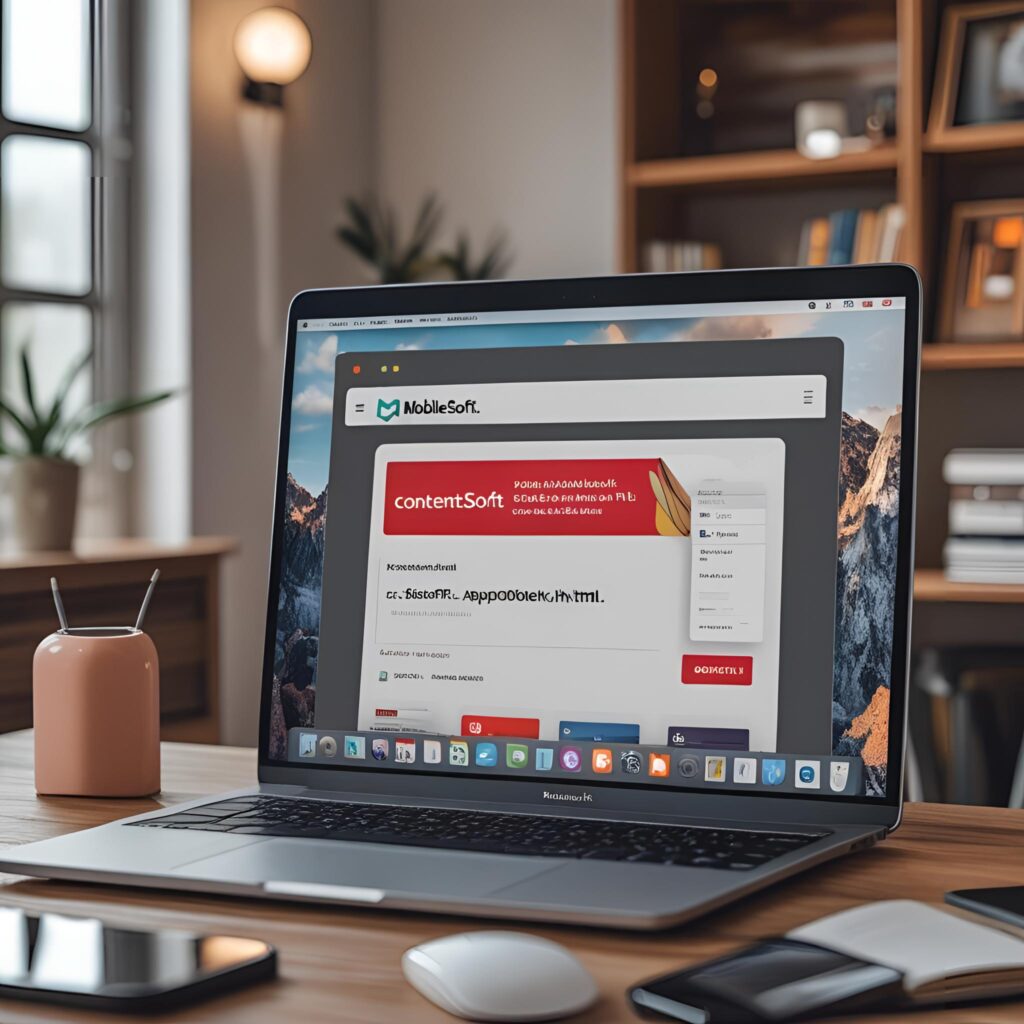In the world of Android development, managing data securely and efficiently is essential. One common way apps handle data sharing and internal storage is through the use of content URIs. The URI “content://cz.mobilesoft.appblock.fileprovider/cache/blank.html” is an example of such an address, typically used within an app to access internal resources or cached files.
What is a Content URI?
A content URI follows the format:
content://authority/path/id- The authority: specifies the content provider, which is a component responsible for overseeing access to a organized collection of data.
- path: Specifies the data or resource within the provider.
- id (optional): Points to a specific record or file.
In this case:
- authority:
cz.mobilesoft.appblock.fileprovider - path:
/cache/blank.html
This indicates that the app “AppBlock” by MobileSoft has a FileProvider configured, allowing it to access files stored in its internal cache directory securely.
What is the AppBlock Application?
AppBlock is an Android application created to assist users in preventing distractions from other apps and notifications, thereby enhancing concentration and boosting overall productivity. It often requires access to certain internal files and cache data to function correctly, which is managed through FileProvider components to ensure secure sharing of data between app components or with other apps.
Why Use a Content Provider and URIs?
Android apps utilize Content Providers to:
- Share data securely between apps.
- Encapsulate data access and enforce permissions.
- Provide a uniform interface to data sources like files, databases, or other content.
By using content URIs, apps avoid exposing raw file paths, which can be a security risk. Instead, they grant temporary access to specific files or data, maintaining control over the data sharing process.
The Role of “blank.html” in Caching
The file “blank.html” in the cache directory might serve various purposes:
- A placeholder or default page.
- Part of the app’s web interface or embedded web content.
- A temporary file used during app operations.
Without specific context, it’s likely a simple HTML file used internally by the app for rendering or loading purposes.
Security and Privacy Considerations
Accessing internal files via content URIs is generally secure, as the app’s FileProvider manages permissions. However, if such URIs are shared or exposed improperly, they could potentially lead to data leaks. Developers should ensure that permissions are correctly configured and that sensitive data is protected.
Conclusion
The URI “content://cz.mobilesoft.appblock.fileprovider/cache/blank.html” exemplifies how Android applications manage internal file access securely through content providers. This mechanism is crucial for maintaining app security, ensuring data privacy, and enabling seamless data sharing within the app’s ecosystem.

